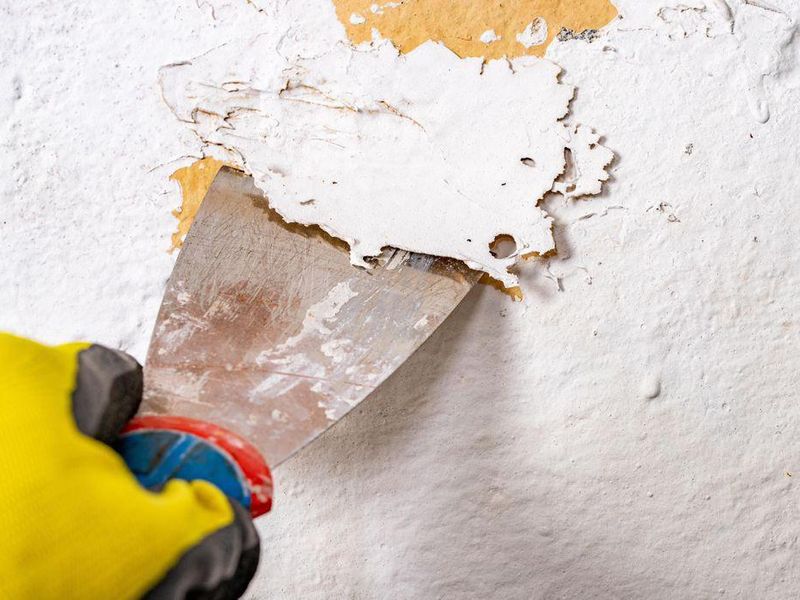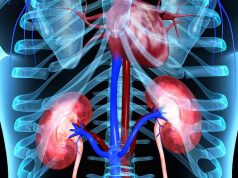Young children with public insurance and living in communities with more pre-1950s housing and poverty at increased risk
THURSDAY, Sept. 30, 2021 (HealthDay News) — The proportion of children with detectable and elevated blood lead levels (BLLs) is significantly higher among children with public insurance and for communities with greater pre-1950s housing and poverty rates, according to a study published online Sept. 27 in JAMA Pediatrics.
Marissa Hauptman, M.D., from Boston Children’s Hospital, and colleagues evaluated individual- and community-level factors associated with detectable (≥1.0 μg/dL) and elevated (≥5.0 μg/dL) BLLs in children. The analysis included deidentified blood lead test results from 1.1 million children (younger than 6 years of age) performed at a Quest Diagnostics clinical laboratory from Oct. 1, 2018, to Feb. 29, 2020.
The researchers found that more than half of the children tested (50.5 percent) had detectable BLLs and 1.9 percent had BLLs of ≥5.0 μg/dL. Children with public insurance had greater odds of having detectable BLLs (adjusted odds ratio [aOR], 2.01) and elevated BLLs (aOR, 1.08). Among children in the highest versus lowest quintile of pre-1950s housing (aOR, 1.65) and poverty (aOR, 1.89), the odds of detectable BLLs were significantly higher, as were elevated BLLs (aORs, 3.06 and 1.99, respectively). There were also higher odds of detectable BLLs seen for children residing in ZIP codes with predominantly Black non-Hispanic and non-Latinx populations (aOR, 1.13), but this was not seen for elevated BLLs (aOR, 0.83).
“This study suggests that, despite progress in reducing pediatric lead exposure, substantial individual- and community-level disparities persist,” the authors write.
Several authors disclosed financial ties to Quest Diagnostics, which funded the study.
Editorial (subscription or payment may be required)
Copyright © 2021 HealthDay. All rights reserved.








